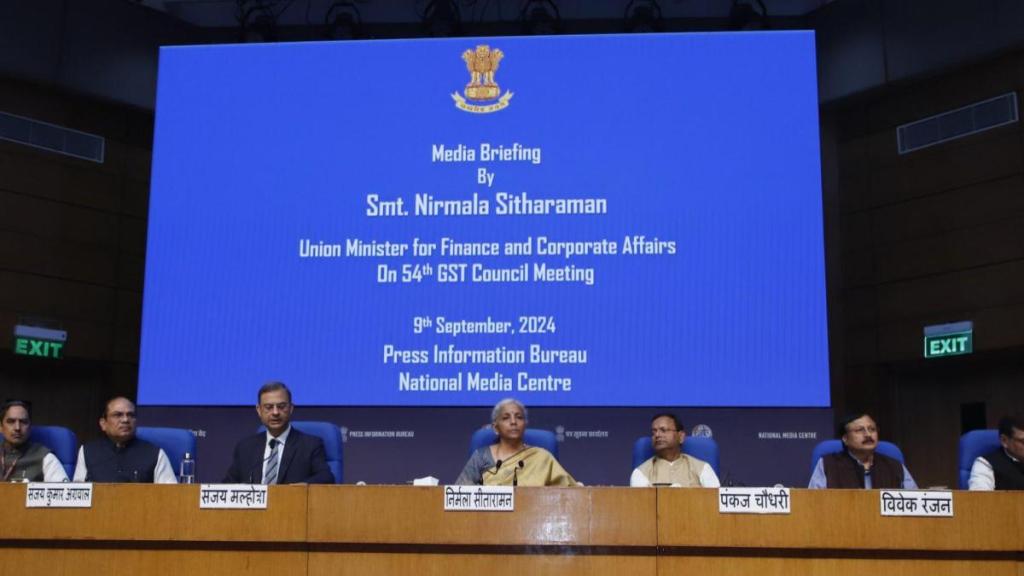The 54th meeting of the Goods and Services Tax (GST) Council reportedly saw many state governments expressing discomfiture over this broader consumption tax yielding lower revenue growth in comparison to the taxes it replaced. The states are more vulnerable to GST’s low revenue potential now, than in the first five years of this tax through June 2022, when they enjoyed guaranteed revenue growth of 14% annually. Not just at the level of individual states, but even the trajectory of gross GST collections may at best be approaching the pre-GST trend growth now, after seriously lagging it in the initial five years. To be sure, the additional impost on demerit goods, which were designed to generate proceeds to compensate the state governments for any shortfall, proved insufficient. Of course, this was partly due to the pandemic, and the level of revenue guarantee being high. The cess was therefore extended beyond the compensation period to finance the loans arranged to make up for the shortfall.
The ratio between GST and the gross domestic product (GDP) was 6.2% for the first five years, but improved to 6.9% in 2023-24. It may now be showing signs of plateauing. Minus the cess proceeds, which is how GST receipts are to be compared with pre-GST period, the collections are still stagnating at around 5.6% of GDP. At first glance, this situation should impart a renewed urgency for raising the weighted average rate from 11.6% at present to the so-called “revenue neutral rate” (RNR) of over 15%. Put plainly, the reflex may be to hike the tax rates substantially and exemptions removed, for a wide array of goods and services. In this context, a group of ministers for rate rationalisation is now working against a tighter deadline.
However, it may not be worthwhile to resort to rate increases for revenue gains. After all, the concept of permanent RNR is fallible, as innovations and technology constantly create new goods and services. As such, a task force under the 13th Finance Commission had computed the RNR at just 12%. The absence of the promised revenue productivity in the GST has much to do with its structural infirmities, rather than (low) rates. Significant parts of the economic value chain isn’t captured by India’s GST, which is one reason why the tax authorities are tempted to adopt an artificially expansive definition of “services”, and end up burning their fingers. The hefty tax notices to IT companies for their remittances to overseas branches, under the reverse charge mechanism, is a case in point.
As former finance secretary Vijay Kelkar had pointed out, the practice of setting tax rates “largely with the objective to maintain revenue neutrality” could be “counter-productive”, and make it lucrative for the fraudsters to evade taxes. It may be hard to bring auto fuels under the GST ambit as states will resist “loss of autonomy”, but there is a strong case for levying GST on sale of land and ready-made immovable property. This will not raise the tax burden much, as work contracts are already taxed, but would help ameliorate black money. The GST slab rejig must simplify the structure by reducing the tax rates to two, including (a lower) merit rate, and eliminate some of the exemptions to capture wider transaction volumes. A broader consumption revival that the economy is waiting for must not be thwarted with onerous indirect taxes.


